
Oia: The Jewel of Santorini
Discover Oia in Santorini, a picturesque village famed for its stunning sunsets, white-washed architecture, and breathtaking views of the Aegean Sea.
Oia, perched on the northern tip of Santorini, is a picturesque village renowned for its stunning sunsets and white-washed buildings with blue-domed roofs. This charming neighborhood offers a unique blend of natural beauty and traditional Greek architecture that has captivated visitors from around the world. Strolling through the narrow, winding streets of Oia, you'll discover a variety of quaint shops, art galleries, and cozy cafes. The village's cliffside location provides breathtaking views of the caldera and the Aegean Sea, making it a perfect spot for photography enthusiasts. Oia is also home to several historical sites, including the Castle of Oia, which offers panoramic views of the surrounding area. The village's maritime museum provides insight into its rich seafaring history. For a taste of local culture, visit one of the many churches and chapels scattered throughout the village, each with its unique charm. Whether you're looking to relax on a terrace with a glass of local wine or explore the hidden gems of this enchanting village, Oia promises an unforgettable experience.
Local tips in Oia
- Visit Oia Castle for the best sunset views.
- Explore the Maritime Museum to learn about Oia's seafaring history.
- Wear comfortable shoes as the streets are cobblestone and hilly.
- Book dinner reservations in advance during peak seasons.
- Stay overnight to enjoy the village when it’s less crowded.
Oia: The Jewel of Santorini
Oia, perched on the northern tip of Santorini, is a picturesque village renowned for its stunning sunsets and white-washed buildings with blue-domed roofs. This charming neighborhood offers a unique blend of natural beauty and traditional Greek architecture that has captivated visitors from around the world. Strolling through the narrow, winding streets of Oia, you'll discover a variety of quaint shops, art galleries, and cozy cafes. The village's cliffside location provides breathtaking views of the caldera and the Aegean Sea, making it a perfect spot for photography enthusiasts. Oia is also home to several historical sites, including the Castle of Oia, which offers panoramic views of the surrounding area. The village's maritime museum provides insight into its rich seafaring history. For a taste of local culture, visit one of the many churches and chapels scattered throughout the village, each with its unique charm. Whether you're looking to relax on a terrace with a glass of local wine or explore the hidden gems of this enchanting village, Oia promises an unforgettable experience.
Iconic landmarks you can’t miss
Castle of Oia
Discover the breathtaking views and rich history at the Castle of Oia, a must-visit landmark in Santorini, Greece.
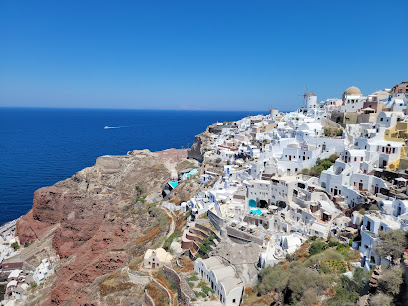
Church of Panagia Akathistos Hymn
Explore the serene beauty and cultural significance of the Church of Panagia Akathistos Hymn in Santorini, an iconic Greek Orthodox landmark.
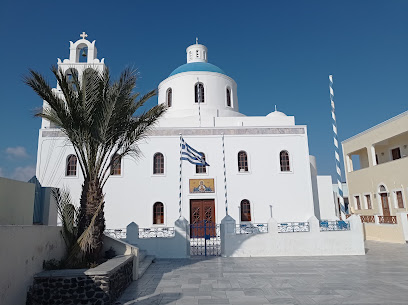
Oia Blue Dome Viewpoint
Discover the iconic Oia Blue Dome Viewpoint, offering stunning views of Santorini's caldera and the famous blue-domed churches.
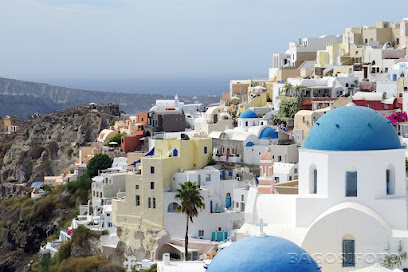
Windmill of Oia
Discover the breathtaking Windmill of Oia, a historic landmark offering stunning views and unforgettable sunsets in the heart of Santorini.
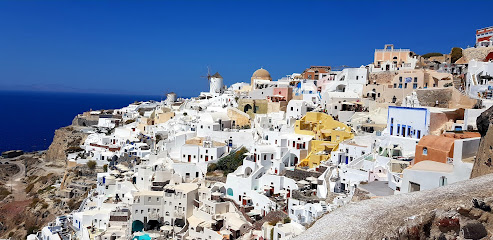
Picturesque Blue Dome Santorini
Discover the breathtaking beauty of Oia's Blue Dome in Santorini, where stunning views, rich culture, and iconic architecture converge.
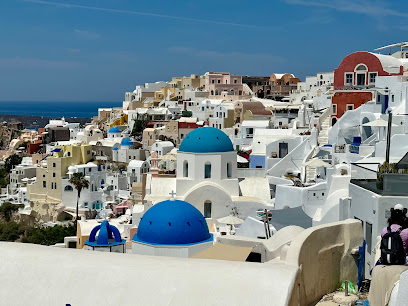
Oia Steps
Experience the stunning views and charm of Oia Steps in Santorini, a picturesque journey through Greece's iconic caldera.
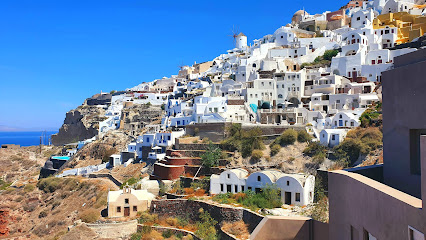
Views of Santorini and Caldera
Discover the stunning views of Santorini and the Caldera, where picturesque landscapes meet unforgettable sunsets, creating a perfect travel experience.
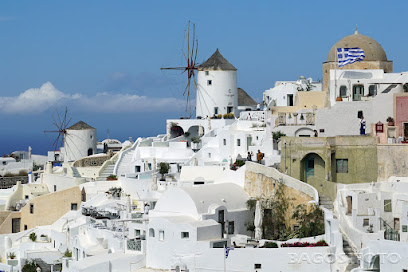
Clock Tower
Discover the enchanting Clock Tower in Oia, a historical landmark offering breathtaking views and a glimpse into Santorini's rich heritage.
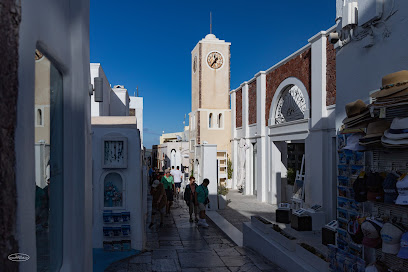
Church dome monument
Discover the iconic Church Dome Monument in Oia, a breathtaking historical landmark showcasing Santorini's unique architecture and stunning caldera views.
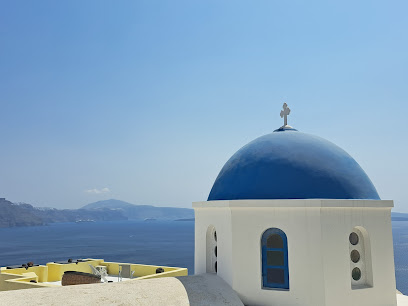
Santorini
Explore the stunning beauty and rich history of Santorini, where breathtaking sunsets, crystal-clear waters, and vibrant culture await every traveler.

Unmissable attractions to see
Castle of Oia
Discover the picturesque Castle of Oia, a historical gem in Santorini, offering stunning views, rich history, and unforgettable sunsets.
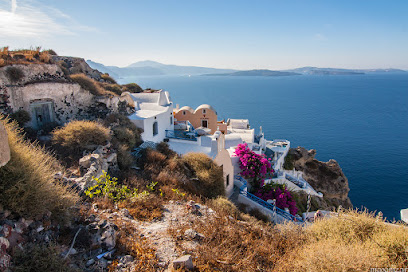
Ammoudi Bay
Discover the breathtaking beauty of Ammoudi Bay in Santorini, a picturesque fishing village known for its stunning sunsets and delicious seafood.
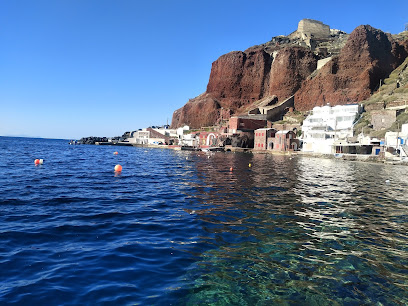
Windmill of Oia
Discover the breathtaking Windmill of Oia, a stunning symbol of Santorini's beauty, offering iconic views and a glimpse into the island's rich heritage.
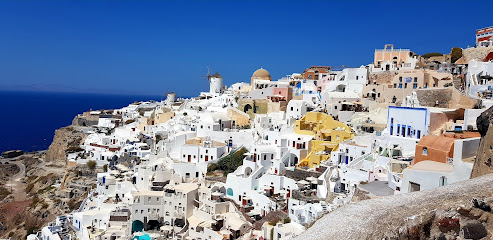
Picturesque Blue Dome Santorini
Experience the breathtaking beauty of the Picturesque Blue Dome in Oia, Santorini - a must-visit landmark capturing the essence of Greek island charm.
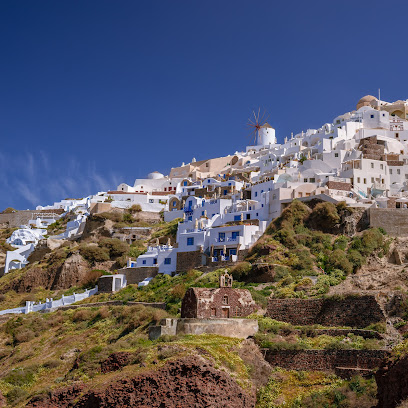
Views of Santorini and Caldera
Explore the stunning views of Santorini and its caldera, offering breathtaking sunsets, picturesque landscapes, and a unique cultural experience.
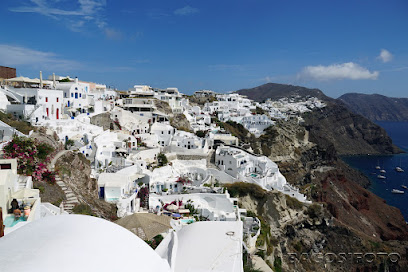
Δύο Μύλοι Οίας
Explore Δύο Μύλοι Οίας, a picturesque attraction in Oia, Greece, known for its breathtaking views, rich history, and stunning sunsets over the Aegean Sea.
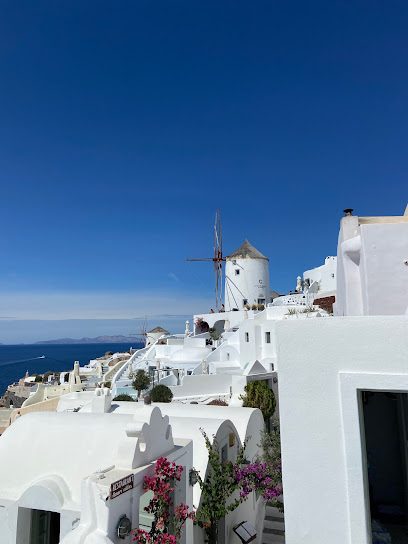
Beautiful Blue Domed Church of Oia
Discover the iconic Blue Domed Church of Oia, a breathtaking symbol of Santorini's charm and picturesque beauty, perfect for unforgettable memories.
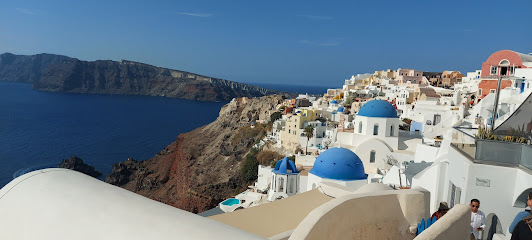
Panagia Akathisto Square
Experience the breathtaking views and serene atmosphere at Panagia Akathisto Square in Oia, Santorini, a must-visit destination for every traveler.
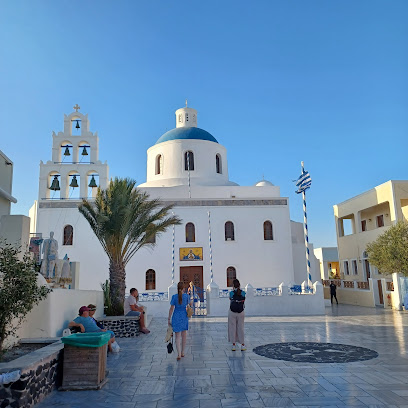
Essential places to dine
Melitini
Discover exquisite Greek tapas at Melitini in Oia—where culinary tradition meets stunning Aegean views.
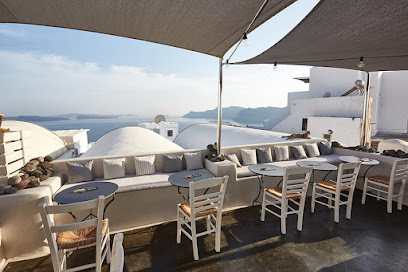
Thalami
Discover authentic Greek flavors at Thalami in Oia - where exquisite cuisine meets stunning Aegean views.
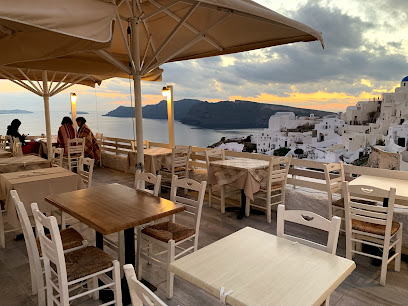
Roka
Experience authentic Greek cuisine at Roka in Oia - where tradition meets flavor in every dish.
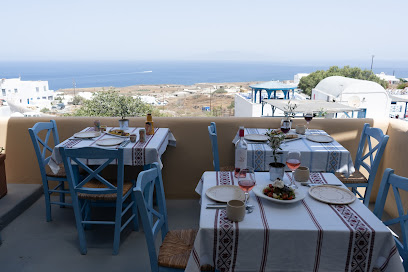
Skala
Discover authentic Greek flavors at Skala in Oia, where every dish tells a story and stunning views complete the experience.

Kastro Restaurant Oia
Discover culinary excellence at Kastro Restaurant Oia with breathtaking views and authentic Greek flavors in Santorini.
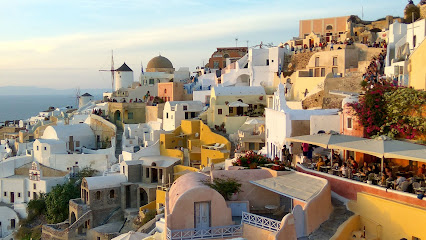
Ambrosia Restaurant
Experience the best of Greek cuisine with stunning sea views at Ambrosia Restaurant in Oia, Santorini.
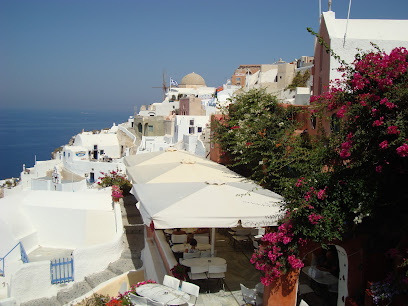
Petrosia
Discover authentic Greek flavors at Petrosia in Oia while enjoying breathtaking views of the Aegean Sea.
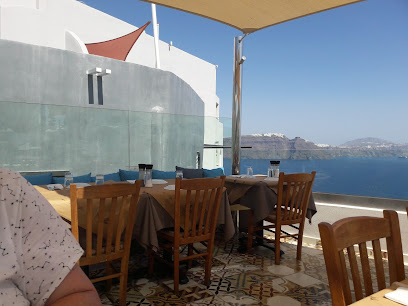
1800-Floga
Experience authentic Greek cuisine with breathtaking views at 1800-Floga in Oia - where every meal is a feast for the senses.
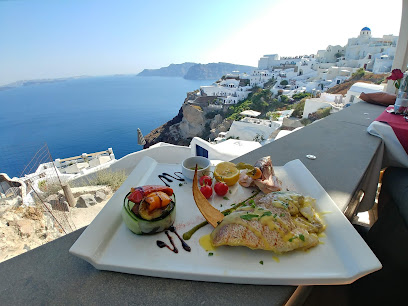
Lauda Restaurant
Experience exquisite Mediterranean dining with breathtaking views at Lauda Restaurant in Oia, Santorini.
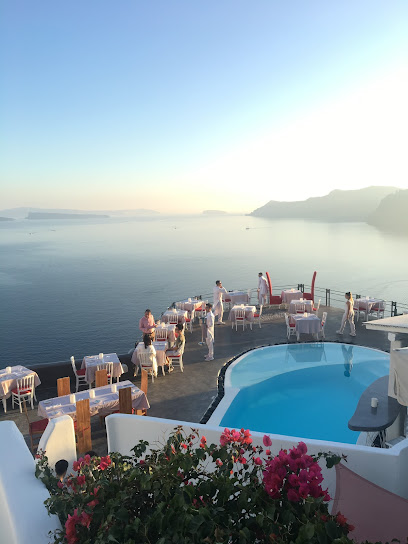
Catch Bar-Restaurant
Experience exquisite seafood and stunning views at Catch Bar-Restaurant in Oia - where every meal is a celebration of Santorini's flavors.
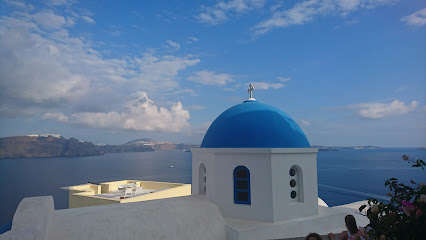
Markets, malls and hidden boutiques
Epilekton
Discover the eclectic charm of Epilekton in Oia, Greece—an antique store, art gallery, and souvenir haven all in one.
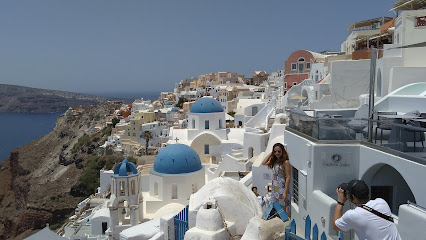
Mnemossyne Gallery
Explore Mnemossyne Gallery in Oía, Santorini – a boutique haven of art, photography, and unique jewelry, perfect for cultural enthusiasts.
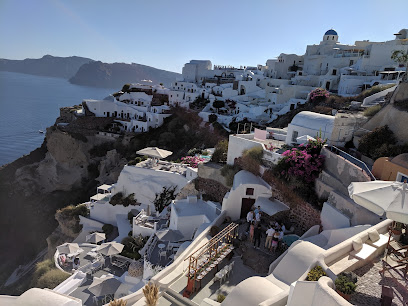
Kallisto Gallery
Discover Kallisto Gallery in Oia for exquisite handmade jewelry and authentic Santorini souvenirs that embody the island's rich culture.
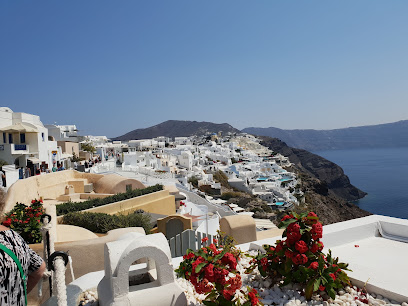
Ammos Oia
Explore Ammos Oia in Santorini for a curated selection of stylish clothing, footwear, and accessories amidst stunning island views.
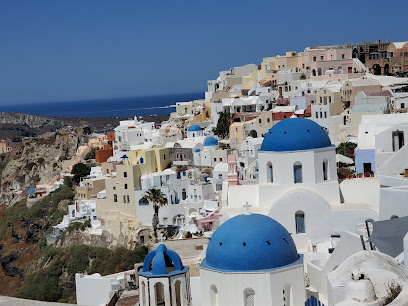
The House of Art
Discover unique handcrafted souvenirs at The House of Art in Oia, Santorini, where local culture meets artistic creativity.
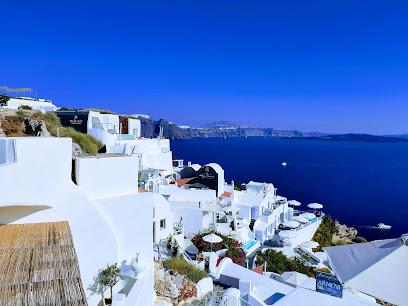
Cave (Spilia) Greek Clothing
Explore unique Greek fashion at Cave (Spilia) in Oia, Santorini – a boutique blending tradition and modern style in an enchanting setting.
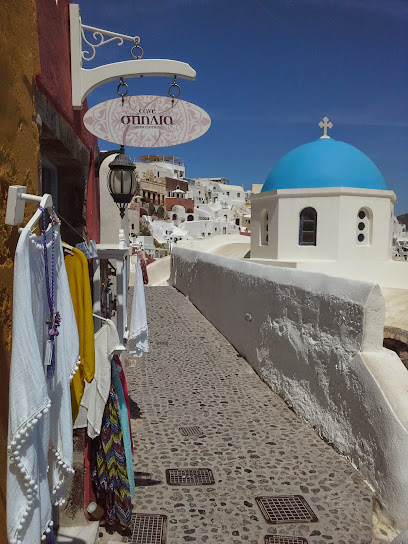
Hope Santorini Handmade Gifts & Jewelry
Explore unique handmade gifts and exquisite jewelry at Hope Santorini Handmade Gifts & Jewelry in the scenic village of Oia, Santorini.
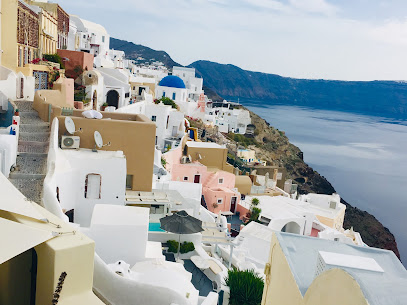
AGORA
Discover AGORA in Oía, Greece, for exquisite clothes and jewelry that capture the essence of Santorini's beauty.
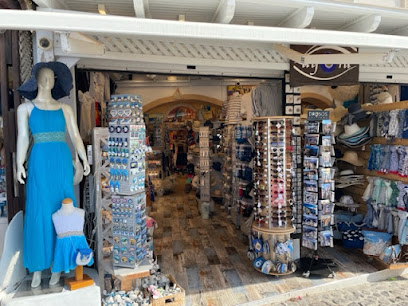
MIAOY!
Discover unique fashion finds at MIAOY! in Oia, Santorini – a clothing store that blends style with the charm of the island.
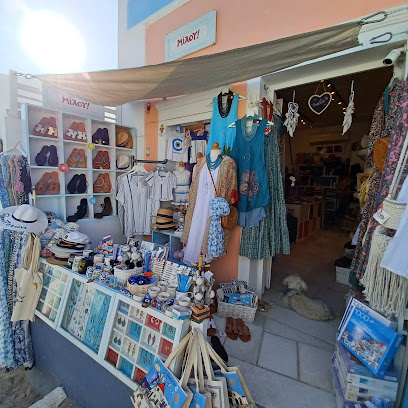
Stardust
Discover the essence of Santorini at Stardust in Oia, where local crafts and warm hospitality create a unique shopping experience.
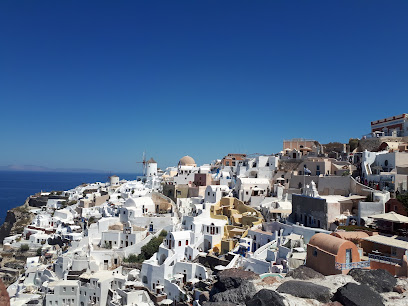
Essential bars & hidden hideouts
Fino Restaurant & Cocktail Bar
Experience the best of Greek and Mediterranean cuisine at Fino Restaurant & Cocktail Bar in Oia, Santorini, with breathtaking sea views and innovative cocktails.
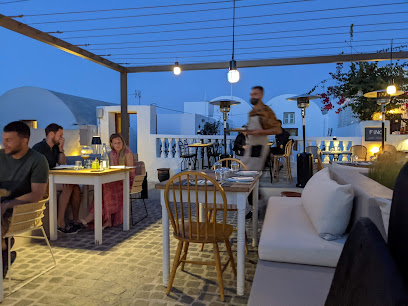
Hassapiko
Discover Hassapiko in Oia for exquisite cocktails, stunning views, and a vibrant atmosphere perfect for unwinding in Santorini.
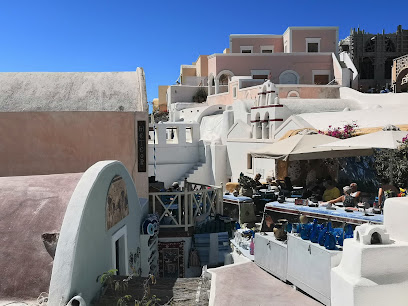
Sun Spirit
Sun Spirit in Oia: A premier cocktail bar offering exquisite drinks and breathtaking views of the Aegean Sea, perfect for sunset lovers.

Catch Bar-Restaurant
Discover the exquisite flavors and stunning views at Catch Bar-Restaurant in Oia, a culinary experience that captivates every traveler.
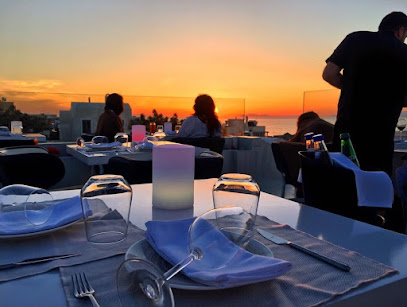
Boozery.Bar
Experience the enchanting sunset views and exceptional cocktails at Boozery.Bar in Oia, Santorini's premier bar destination.
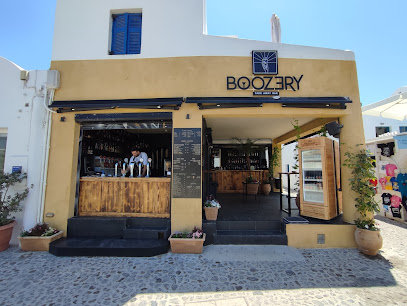
Sphinx Wine Restaurant
Discover the exquisite flavors and stunning views at Sphinx Wine Restaurant in Oia, Santorini - a true haven for wine and food enthusiasts.
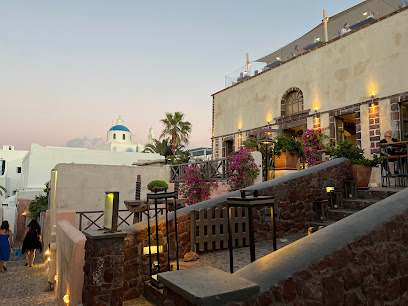
Foodini Oia Santorini
Discover the vibrant culinary scene at Foodini Oia, a stand bar in Santorini offering delicious local flavors and stunning caldera views.
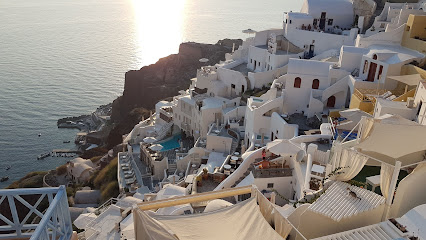
Tephra cocktail bar
Discover exquisite cocktails and stunning views at Tephra Cocktail Bar in Oia, Santorini's hidden gem for nightlife enthusiasts.
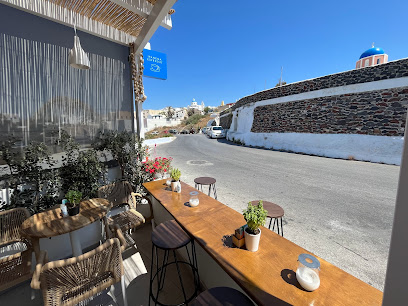
Bliss Lounge Bar
Discover the elegance of Bliss Lounge Bar in Oia, where exquisite cocktails meet breathtaking views of the Aegean Sea.
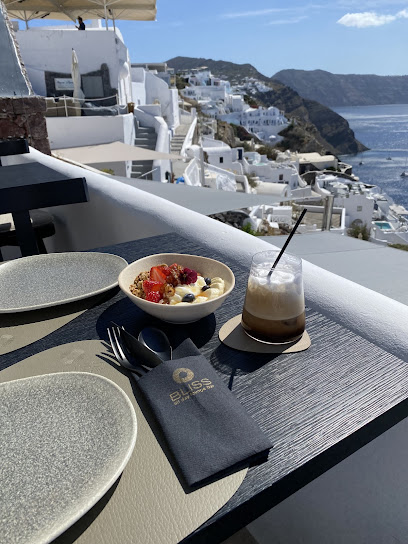
Saint Sky Bar
Discover breathtaking sunsets and exquisite cocktails at Saint Sky Bar in Oia, Santorini – a must-visit for unforgettable moments.
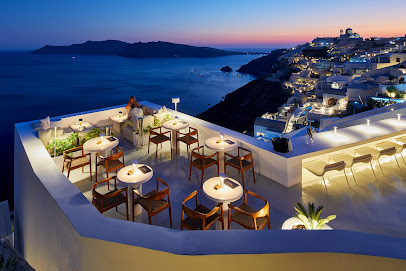
Local Phrases
-
- HelloΓεια σας
[Yah sas] - GoodbyeΑντίο
[Adio] - YesΝαι
[Ne] - NoΌχι
[Ohi] - Please/You're welcomeΠαρακαλώ
[Parakalo] - Thank youΕυχαριστώ
[Efharisto] - Excuse me/SorryΣυγνώμη
[Signomi] - How are you?Τι κάνεις;
[Tee kanis?] - Fine. And you?Καλά. Εσύ;
[Kala. Esi?] - Do you speak English?Μιλάτε Αγγλικά;
[Milate Anglika?] - I don't understandΔεν καταλαβαίνω
[Den katalavaino]
- HelloΓεια σας
-
- I'd like to see the menu, pleaseΘα ήθελα να δω το μενού, παρακαλώ
[Tha ithela na do to menou, parakalo] - I don't eat meatΔεν τρώω κρέας
[Den troo kreas] - Cheers!Υγεία!
[Yia] - I would like to pay, pleaseΘα ήθελα να πληρώσω, παρακαλώ
[Tha ithela na plirosso, parakalo]
- I'd like to see the menu, pleaseΘα ήθελα να δω το μενού, παρακαλώ
-
- Help!Βοήθεια!
[Voeetheea!] - Go away!Φύγε!
[Fiege!] - Call the Police!Καλέστε την Αστυνομία!
[Kaleste tin Astinomia!] - Call a doctor!Καλέστε για γιατρό!
[Kaleste ya yatro!] - I'm lostΈχω χαθεί
[Eho hathi] - I'm illΕίμαι άρρωστος
[Eime arrostos]
- Help!Βοήθεια!
-
- I'd like to buy...Θα ήθελα να αγοράσω...
[Tha ithela na agorasoo...] - I'm just lookingΑπλά κοιτάω
[Apla kitao] - How much is it?Πόσο κοστίζει;
[Poso kostizi?] - That's too expensiveΑυτό είναι πολύ ακριβό
[Afto ine poli akribo] - Can you lower the price?Μπορείτε να χαμηλώσετε την τιμή;
[Borite na hamilosete tin timi?]
- I'd like to buy...Θα ήθελα να αγοράσω...
-
- What time is it?Τι ώρα είναι;
[Tee ora ine?] - It's one o'clockΕίναι μία ώρα
[Ine mia ora] - Half past (10)Μισή (10)
[Misi (10)] - MorningΠρωί
[Proee] - AfternoonΑπόγευμα
[Apoyevma] - EveningΒράδυ
[Vradi] - YesterdayΧθες
[Hthes] - TodayΣήμερα
[Simera] - TomorrowΑύριο
[Avrio] - 1Ένα
[Ena] - 2Δύο
[Dio] - 3Τρία
[Tria] - 4Τέσσερα
[Tessera] - 5Πέντε
[Pente] - 6Έξι
[Exi] - 7Εφτά
[Efta] - 8Οχτώ
[Ohto] - 9Εννιά
[Enia] - 10Δέκα
[Deka]
- What time is it?Τι ώρα είναι;
-
- Where's a/the...?Πού είναι ένα/το...;
[Pou ine ena/to...?] - What's the address?Ποια είναι η διεύθυνση;
[Pia ine ee diefthinsi?] - Can you show me (on the map)?Μπορείτε να μου δείξετε (στο χάρτη);
[Borite na mou dixete (sto charti)?] - When's the next (bus)?Πότε είναι το επόμενο (λεωφορείο);
[Pote ine to epomeno (leoforeio)?] - A ticket (to ....)Ένα εισιτήριο (για το...);
[Ena eesitirio (ya to...)?]
- Where's a/the...?Πού είναι ένα/το...;
History of Oia
-
Oia's history can be traced back to the ancient Minoan civilization, which thrived around 1600 BC. The island of Santorini, known as Thera in antiquity, was a significant trading hub in the Aegean, and Oia likely served as a vital port for commerce. Archaeological excavations have revealed remnants of Minoan architecture and pottery, showcasing the area’s importance in maritime trade.
-
During the Byzantine period, Oia became a center for religious activity. The construction of churches, many of which still stand today, reflects the area's devotion to Orthodox Christianity. The architectural style of these churches, characterized by their domes and bell towers, marks an important phase in Oia's cultural development and signifies its role in the spiritual life of the island.
-
In the 18th and 19th centuries, Oia experienced economic growth due to maritime trade. The wealth generated from shipping enabled the construction of the distinctive neoclassical mansions that still line its streets. The local economy was also bolstered by the production of wine and the cultivation of the island's unique volcanic soil, leading to the development of a prosperous merchant class.
-
On July 9, 1956, a catastrophic earthquake struck Santorini, causing extensive damage to Oia and other parts of the island. Many of the historic buildings were destroyed or severely damaged, leading to a decline in population as residents sought refuge elsewhere. This event marked a turning point in Oia's history, prompting reconstruction efforts and a shift in the community's focus towards tourism.
-
From the late 20th century onwards, Oia transformed into one of Santorini's most sought-after tourist destinations, renowned for its stunning sunsets and picturesque views. The preservation of its unique architecture and the promotion of local culture has attracted visitors worldwide. The influx of tourism has significantly impacted the local economy, leading to a revitalization of Oia while balancing the preservation of its historical and cultural heritage.
Oia Essentials
-
Oia is accessible from other neighborhoods in Santorini via several means of transportation. The most common approach is by bus, with regular services connecting Oia to Fira, the island's capital, and other areas. The bus ride from Fira to Oia typically takes about 30 minutes. Taxis are also available, although they can be pricier, especially during peak tourist season. If you're driving, Oia can be reached via the main road that runs along the caldera. For those staying in nearby villages, consider renting a car or scooter for added convenience.
-
Oia is a pedestrian-friendly village, making walking the best way to explore its charming streets, boutiques, and restaurants. There are no trains in Santorini, and public buses primarily serve inter-village routes. Taxis are available but can be scarce during busy hours. Bicycles are also an option, but be cautious of the steep paths. For a unique experience, consider hiring an ATV or scooter to navigate the island at your own pace.
-
Oia is regarded as one of the safest neighborhoods in Santorini. However, standard safety precautions are advisable. Keep an eye on your personal belongings, especially in crowded areas, and avoid poorly lit streets at night. Petty crime, such as pickpocketing, can occur, but there are no known high-crime areas specifically targeting tourists in Oia.
-
In case of an emergency, dial 112 for police, fire, or medical assistance. The nearest hospital is in Fira, approximately 10 kilometers away. It is recommended to have travel insurance that includes medical coverage. Pharmacies are available in Oia for minor health issues, and they can provide over-the-counter medications.
-
Fashion: Do wear comfortable shoes suitable for walking on cobbled streets. Don't wear overly revealing clothing in public spaces. Religion: Do respect local customs, especially in churches. Always dress modestly. Public Transport: Do be polite and follow the rules, such as not eating on the bus. Don't take up extra seats during busy times. Greetings: Do greet locals with a friendly smile or 'Kalimera' (Good morning). Eating & Drinking: Do try local wines and traditional dishes. Don't waste food or drink in public places, as it can be considered disrespectful.
-
To experience Oia like a local, visit the lesser-known tavernas and cafes away from the main tourist paths. Engage with the local artisans and shopkeepers, many of whom are eager to share their stories. Enjoy the sunset from the quieter areas of Oia, as they provide a more authentic experience than the crowded viewpoints. Consider taking part in local festivals or events if your visit coincides with them to immerse yourself in the local culture.
Nearby Cities to Oia
-
Things To Do in Pyrgos
-
Things To Do in Mykonos
-
Things To Do in Heraklion
-
Things To Do in Crete
-
Things To Do in Rethymno
-
Things To Do in Chania
-
Things To Do in Kos
-
Things To Do in Bodrum
-
Things To Do in Samos
-
Things To Do in Athens
-
Things To Do in Kusadasi
-
Things To Do in Ephesus
-
Things To Do in Rhodes
-
Things To Do in Nafplio
-
Things To Do in Marmaris













